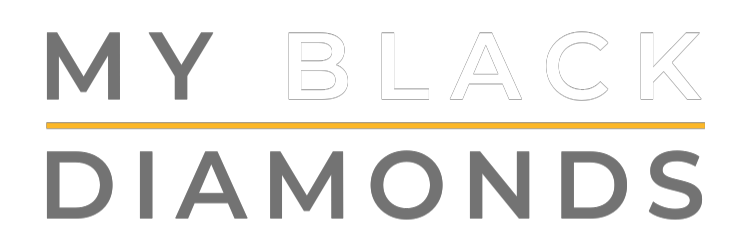Working for yourself sounds awesome at first. No boss. No office. No one checking what time you show up. You can wear what you want, sleep in, and only take the jobs you actually like. And yeah—some of that is true.
But once you get into it, you realize it’s not as chill as it looks. You’re in charge of everything—the work, the money, the schedule, the clients. There’s no one else to blame if something gets messed up. It’s all on you.
And that can get overwhelming fast.
Freedom Is Great—But It Can Also Be Stressful
People say freelancing is flexible. And it is. But sometimes that flexibility just turns into chaos. You might be working at midnight because the day got away from you. Or you spend hours refreshing your inbox, waiting for someone to book you. Some days you’re super busy. Other days you’re doing nothing and wondering if you’ll ever get another job again.
That back-and-forth messes with your head. If you don’t figure out a way to manage it, you’ll burn out—even if you love what you do.
That’s why being your own boss means being honest with yourself. If you’re not getting enough rest, or you’re saying yes to too much, things will fall apart. You won’t enjoy the work, and the whole point of freelancing kind of disappears.
You Still Need Structure (Even If You Hate Schedules)
One of the hardest parts about freelancing is building a routine when no one’s forcing you to. You don’t have to wake up at 7 a.m.—but if you wake up at 11 and stay in bed scrolling for another hour, the day slips away fast.
Having a loose plan helps. You don’t need every minute mapped out, but giving yourself time blocks—like two hours for editing, one hour to answer messages, and some time to rest—keeps things from getting messy.
If you’re doing gigs that involve travel, equipment, or client work—like photography—this matters even more. You’ve got to pack, plan your route, confirm the shoot, and follow up after. Things can go wrong fast if you’re rushing or distracted. Some photographers even build in extra time to handle surprise issues like broken gear or late clients. Others get simple protection like photography insurance so that if something does break, it’s not a disaster.
It’s not about being paranoid—it’s just about making the job easier to handle.
You Don’t Always Get to Do the Fun Stuff
When you’re freelancing, you’re not just doing your craft. You’re also dealing with messages, planning, scheduling, chasing payments, and solving problems. You’re not just the creator—you’re the manager, customer support, tech guy, and planner all at once.
That gets annoying sometimes. You might want to spend your whole day editing photos or building your portfolio, but instead you’re stuck emailing a client who changed their mind again. That’s normal. Every freelancer deals with it.
One trick is to set aside certain times for “non-fun” tasks. Answer emails in the morning. Send invoices once a week. Batch your admin stuff so it doesn’t take over your whole day. That way, you protect time for the creative part—the reason you started freelancing in the first place.
You Have to Be Okay with Slow Days
Some weeks are packed. You feel like you’re crushing it. Other weeks are so quiet you start wondering if something’s wrong. That’s just how freelancing works.
When things are slow, it’s easy to feel like you’re failing. But it doesn’t mean you’re doing anything wrong. Use that time to rest, improve your work, or update your website or portfolio. Slow seasons are part of the job. Even people who’ve been doing this for years go through them.
You can also use quiet time to get ahead on stuff that’s easy to ignore when you’re busy—like organizing files, updating pricing, or figuring out what kind of jobs you actually want more of.
Learn to Say “No” Sometimes
In the beginning, it’s tempting to say yes to everything. A client asks for a last-minute job? Sure. Someone wants a discount? Okay. You don’t want to lose the opportunity or make someone mad.
But if you say yes too much, you end up working all the time, doing jobs that stress you out, and not enjoying any of it.
Saying no is part of working for yourself. If a job feels off or a client keeps pushing your boundaries, it’s okay to walk away. You don’t have to explain yourself or apologize. You’re in charge now—and part of that is deciding what’s worth your time.
What to Keep in Mind
Freelancing can be awesome. You set your own rules, follow your own schedule, and grow something that’s really yours. But it’s also real work. You’ve got to manage your time, your energy, and your responsibilities.
You’re not just doing the job—you’re running the whole thing. And if you don’t take care of yourself, it’s easy to crash.
So give yourself structure. Build in rest. Be clear with clients. And remember that it’s okay to figure things out as you go.

